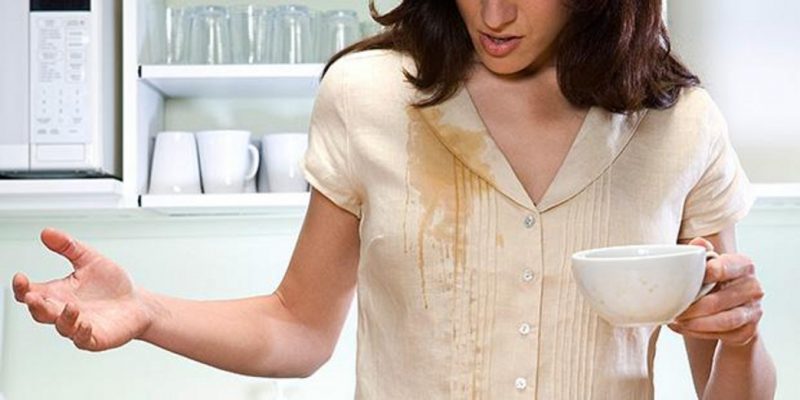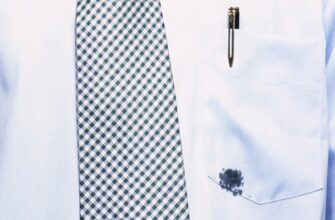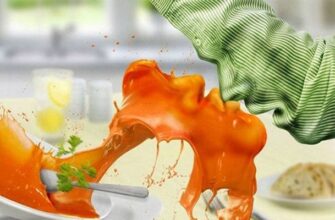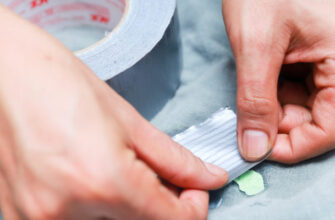Tea is one of the favorite drinks for adults and children. But the accidental stains left from it on clothes, carpet or furniture are difficult to remove. Even many expensive synthetic detergents cannot cope with old marks. But in the piggy banks of housewives there are several ways to remove tea stains that are available to everyone. Our experts have tested how effective all these methods are, conducted experiments and are ready to offer 10 most effective ways to remove tea stains.
- Tips for removing tea marks
- How to remove stubborn tea stains
- Citric acid or lemon juice
- Table vinegar
- Fermented milk drink
- Laundry soap
- Hydrogen peroxide 3%
- Glycerin with salt
- Sodium tetraborate (borax)
- Soda and salt
- Bleaching powder
- Refined gasoline
- How to remove tea stains from carpets or upholstery
- Expert opinion
Tips for removing tea marks

Tea contains special substances tannins – phenolic compounds with tanning properties. They give the drink its color and tart taste, but are the reason why spilled tea is so difficult to remove.
But, knowing a few rules, getting rid of dirt on clothes will not be difficult.
-
It is best to remove tea stains as quickly as possible using warm water (40-500C) with any detergent (powder, dishwashing liquid, soap, shampoo). Phenolic compounds have a peculiarity – their coloring properties appear over time. If you put off the laundry in the long drawer, this will lead to the fact that only dry cleaning will help to restore the original appearance of the thing.
-
Leftover tea from a wardrobe or furniture should be wiped off with a paper napkin or cotton cloth to prevent it from absorbing and reduce the area of contamination.
-
It is necessary to remove traces of tea from the seamy side of the product by placing a folded handkerchief or an unnecessary rag under it. They will absorb dirt and detergent residues.
-
If it is not possible to wash the item immediately, you should soak it in a bowl of warm water and powder, or lather the stained area with household or glycerin soap. This measure will prevent the stain from drying out and deeply absorbing the tannins into the fabric fibers.
-
Phenolic compounds are readily degraded by acids. If you apply any acid-containing agent (vinegar, lemon juice, kefir) to fresh tea stains, this will help you get rid of the stain quickly and without traces.
How to remove stubborn tea stains
There is usually no problem with removing fresh tea stains. Warm water, powder, washing machine – and the thing is like new again.
To surely cope with pollution, you can pre-treat the stained area with a stain remover (such as 'Vanish', 'Amway').
But, if time was lost, you will have to try to remove tea stains.
Employees of our magazine in various sources of information (books on home economics, Internet sites and forums) have found many different methods of removing tea stains. After testing, it turned out that not all of them are effective for chronic contamination. Below is a list of our experts' best remedies for removing tea stains.
Citric acid or lemon juice
One of the most affordable, inexpensive and safe remedies that effectively removes tea stains. Has good whitening properties. Tea lovers have probably noticed how the drink brightens when squeezing lemon juice into it. A similar effect will happen if you squeeze a few drops onto the stained area.
For old stubborn stains, you will have to use citric acid powder:
-
1 tsp dilute in 100 g of warm water (35-400C);
-
pour the solution onto the stain with a spoon;
-
wait 10-15 minutes;
-
rub with a toothbrush;
-
wash a thing by hand or with a powder machine.
The disadvantage of this tool: it can only be used for light things. Discolored areas may remain on a colored product.
Table vinegar
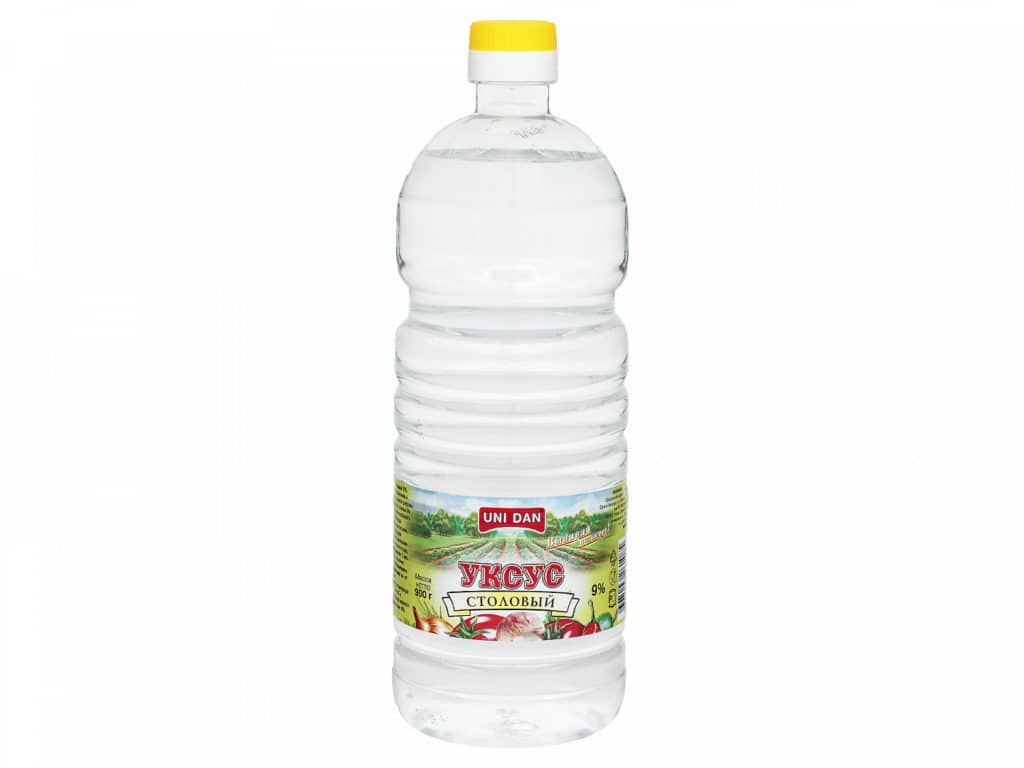
Vinegar is found in almost every home, so this method can also be called quite affordable. It is suitable for removing tea stains from any fabrics, both colored and white.
Mode of application:
-
moisten the soiled place with 9% vinegar or soak clothes in a basin with warm water and acetic acid (at the rate of 1 tablespoon per 1 liter of water);
-
leave for 15-20 minutes or until the yellow marks are removed;
-
wash in the usual way.
Lack of product: an unpleasant odor, which, however, disappears after washing along with traces of tea.
Do not use undiluted acetic acid on clothing! It can damage the fibers of the fabric. When diluting in water, care must be taken and rubber gloves must be used.
Fermented milk drink
Kefir, natural yogurt or whey contain lactic acid, which also perfectly removes tea stains. A fermented milk drink should be evenly applied to the surface of the contaminated area and left to dry.
To remove stains on large surfaces, it is more convenient to use food grade lactic acid 40%, which can be purchased at some pharmacies or soap shops. It is diluted in a 1: 1 ratio with water and the thing is soaked in this solution.
After washing clothes with soap or powder after treatment with lactic acid, there will be no trace of spilled tea.
Laundry soap
Laundry soap removes almost all types of dirt. Tea stains are no exception. It is necessary to thoroughly lather the soiled thing with it and leave it for 10-15 minutes.
You can grate a half bar of soap and dissolve it in warm water. Soak the soiled item in this solution for 1-2 hours, washing it with your hands from time to time. When the stain fades, you need to wash the product and rinse.
This product has no drawbacks – with soap you can remove stains from all types of fabrics, colored and white things.
Hydrogen peroxide 3%
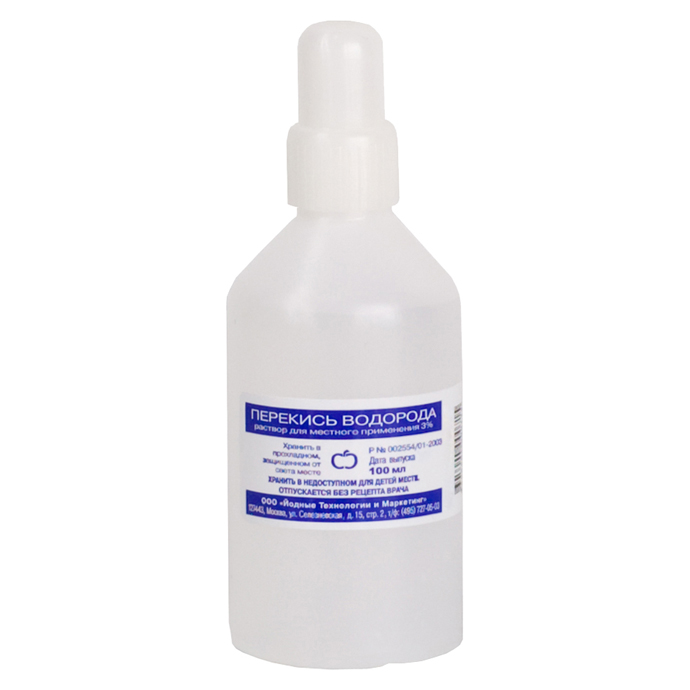
A cheap remedy that can be bought at any pharmacy, it turns out that it copes well with traces of accidentally spilled tea. It has a whitening effect, so it is only suitable for removing dirt from white and light-colored items.
Mode of application:
-
wet the stain with water;
-
drip a little peroxide;
-
wait 15-20 minutes;
-
if there are still traces, repeat the procedure.
Instead of hydrogen peroxide, you can use a liquid to store contact lenses – it also contains a large proportion of this chemical.
Glycerin with salt
To remove tea marks from delicate fabrics (wool, linen, silk), glycerin and salt paste is best suited.
To prepare an effective cleaning agent you need:
-
heat glycerin in a water bath to 40-500C;
-
mix with edible salt in a 1: 1 ratio.
Apply the prepared mixture to the entire surface of the stain for 20-30 minutes, periodically treating the place of contamination with a toothbrush. After these manipulations, the gruel must be washed off with water and the product must be washed in the usual way.
Sodium tetraborate (borax)
Borax in glycerin or sodium tetraborate is sold in any pharmacy as an antiseptic. Has bleaching properties, so it can be used to remove traces of tea from light-colored items. To do this, apply a thick layer of borax directly to the stain, or dilute 30 g in 2 liters of warm water. Washing powder can be added. After half an hour, the item will take on its original appearance without yellow streaks.
Diluted borax (with water in a 1: 1 ratio) can be used to wash woolen products. It effectively flushes out impurities and does not harm the fibers of the fabric.
Soda and salt
Old tea stains from clothes are great for removing gruel from baking soda and salt. To prepare it, you need to mix 1 tsp. soda and salt and 2 tbsp. water. Apply the resulting mixture to the stained area for 20-30 minutes, then carefully rub the area with a toothbrush or sponge.
You can soak the product in a concentrated solution of soda, salt and water (in a 1: 1: 5 ratio) for 1-2 hours and then wash in a machine with a powder.
The method is suitable for all types of fabrics, as well as dyed products.
Bleaching powder
It is also possible to remove tea stains from natural fabrics of light shades with the help of bleach. Cleaning powder 'Comet', gel 'Domestos' or 'Whiteness' are also suitable. All of them contain chlorine, which perfectly removes traces of food contamination.
You can apply a little of the product directly to the stain, or you can soak the product in an aqueous solution of bleach. After the disappearance of red traces of tea, it must be washed thoroughly.
Delicate fabrics or colored items will be hopelessly damaged after contact with bleach: a hole or discolored areas may remain. Bleach is not suitable for removing stains from such products.
Refined gasoline
The last remedy for removing stubborn tea stains is gasoline. Not the one that is usually poured into the tank of cars (it will leave behind greasy traces and a persistent smell), but cleaned of impurities. It can be found in lighter refill kits.
A small amount of gasoline should be applied to the stain and rubbed with cotton or a sponge. Do not leave the product on clothes for more than 2-3 minutes – this is fraught with discoloration of the treated area.
Any product before removing the stain must be tested on an inconspicuous area of the thing. If the fabric does not lose color and structure, you can use it to cleanse tea traces.
How to remove tea stains from carpets or upholstery
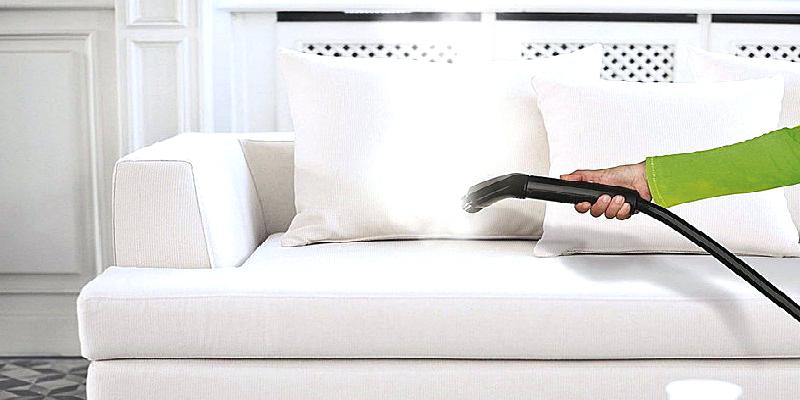
Our experts have tested the effectiveness of the above products for removing accidentally left tea marks on furniture, carpets, rugs and carpets. They all work!
To get rid of annoying red stains on the surfaces of objects that cannot be washed in the usual way, you need:
-
Apply any of the ten products we have tested to the contamination.
-
Wait 15-20 minutes.
-
Rub the stained area with a sponge, brush or cotton towel.
-
Rinse with a cloth and clean water until all detergent and stain are removed.
Old tea marks cannot always be washed off the first time. Sometimes you have to repeat the cleaning procedure several times, combine the products with each other. If you are persistent, then even the most old stain will become invisible.
Our experts do not recommend cleaning carpet or upholstery surfaces with gasoline, kefir or vinegar. These products have a scent that will be difficult to get rid of later.
Expert opinion
Although tea marks are considered difficult to remove, you can still get rid of them. Store-bought stain removers and our proven 10 remedies that can be found in any kitchen or in the medicine cabinet will help in this matter.
Based on the experiments carried out to remove traces from tea, our experts concluded:
-
to clean white clothes and fabrics of natural origin, it is best to use citric acid, hydrogen peroxide, bleach, brown or laundry soap;
-
for delicate fabrics, only glycerin with salt, fermented milk products, laundry soap are suitable;
-
colored products can be removed from tea stains with the help of vinegar, soda and salt, gasoline;
-
stains should be removed from carpets and furniture upholstery with brown, hydrogen peroxide, citric acid or soda and salt.
These methods have shown the best results when removing tea marks from different surfaces. They can be found in every home and are not inferior in efficiency (and often even surpass store-bought stain removers). Using them, you can easily get rid of both fresh and old dirt.

